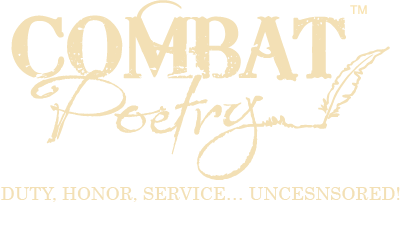@hungtennyson2
Profile
Registered: 7 months, 1 week ago
How to Use Data Scraping for Market Research
Data scraping has turn out to be a powerful tool in modern market research. Companies today operate in an information-pushed environment where success typically depends on how well they understand their market, competitors, and customers. Data scraping—additionally known as web scraping—allows firms to extract huge quantities of data from websites automatically. This information can then be analyzed to establish trends, track competitors, and make data-backed decisions.
What Is Data Scraping?
Data scraping refers back to the automated process of amassing information from websites. This is often done utilizing scripts or tools that simulate human browsing conduct, allowing them to access, extract, and structure data from HTML pages. The extracted data can embody product costs, buyer critiques, social media posts, news articles, and far more.
For market researchers, this means no more relying solely on surveys or traditional focus groups. Instead, scraping provides access to real-time and historical data that can paint a broader picture of the market landscape.
Why Use Data Scraping for Market Research?
Competitor Analysis
Data scraping makes it simple to monitor competitor activity. You possibly can track pricing strategies, new product launches, customer sentiment through opinions, and even adjustments in website content. This perception permits companies to remain one step ahead, adapt pricing models, or discover gaps in competitor offerings.
Trend Identification
By scraping data from blogs, news shops, forums, and social platforms, firms can spot emerging trends before they change into mainstream. This provides marketers a competitive advantage in developing products or campaigns that align with consumer interests.
Buyer Sentiment Evaluation
Scraping reviews, testimonials, and social media comments helps companies understand how prospects really feel about particular products, services, or brands. Sentiment analysis tools can then consider this data to highlight areas of energy and weakness in a brand’s offerings.
Pricing Optimization
Retailers and e-commerce businesses often use scraping to gather real-time pricing data across platforms. This permits them to adjust their own prices to remain competitive and increase conversions.
Lead Generation
Scraping directories or public profiles can help in producing a targeted list of potential clients. B2B firms, for instance, might use scraping tools to gather contact information and build outreach campaigns.
Best Practices for Efficient Data Scraping
To use data scraping effectively in market research, it’s important to follow a strategic approach:
Define Clear Objectives: Know what you wish to achieve—whether or not it’s understanding consumer preferences, tracking competitor movements, or analyzing pricing models.
Select the Right Tools: Well-liked tools like Scrapy, Octoparse, and ParseHub offer person-friendly platforms for extracting data without advanced programming skills. For more complicated wants, Python libraries like BeautifulSoup and Selenium provide greater flexibility.
Clean and Structure the Data: Raw scraped data typically incorporates noise. Use data cleaning processes to remove duplicates, fix formatting issues, and standardize values for accurate analysis.
Stay Compliant: Always be certain that your scraping activities comply with website terms of service and data privateness laws like GDPR. Avoid scraping personal data or content behind paywalls.
Turning Scraped Data into Insights
The worth of scraped data lies in how it's analyzed. After extraction, companies can use analytics platforms or visualization tools akin to Power BI or Tableau to draw insights. Machine learning models can be utilized to uncover patterns, forecast demand, or segment customer bases based mostly on behavior.
For example, a fashion retailer may scrape competitor websites to track modifications in product categories. By combining this with social media trend data, they will determine which styles are gaining traction and adjust their inventory accordingly.
Final Tip
Data scraping shouldn't be a shortcut but a strategic tool. When used correctly, it enhances market research by providing access to large, actionable datasets that may be difficult to gather manually. Businesses that embrace this technique can unlock deep market insights, strengthen their competitive edge, and drive smarter decisions.
If you beloved this article and you would like to get far more info with regards to AI Data Assistant kindly stop by the internet site.
Website: https://datamam.com/data-assistant/
Forums
Topics Started: 0
Replies Created: 0
Forum Role: Participant
